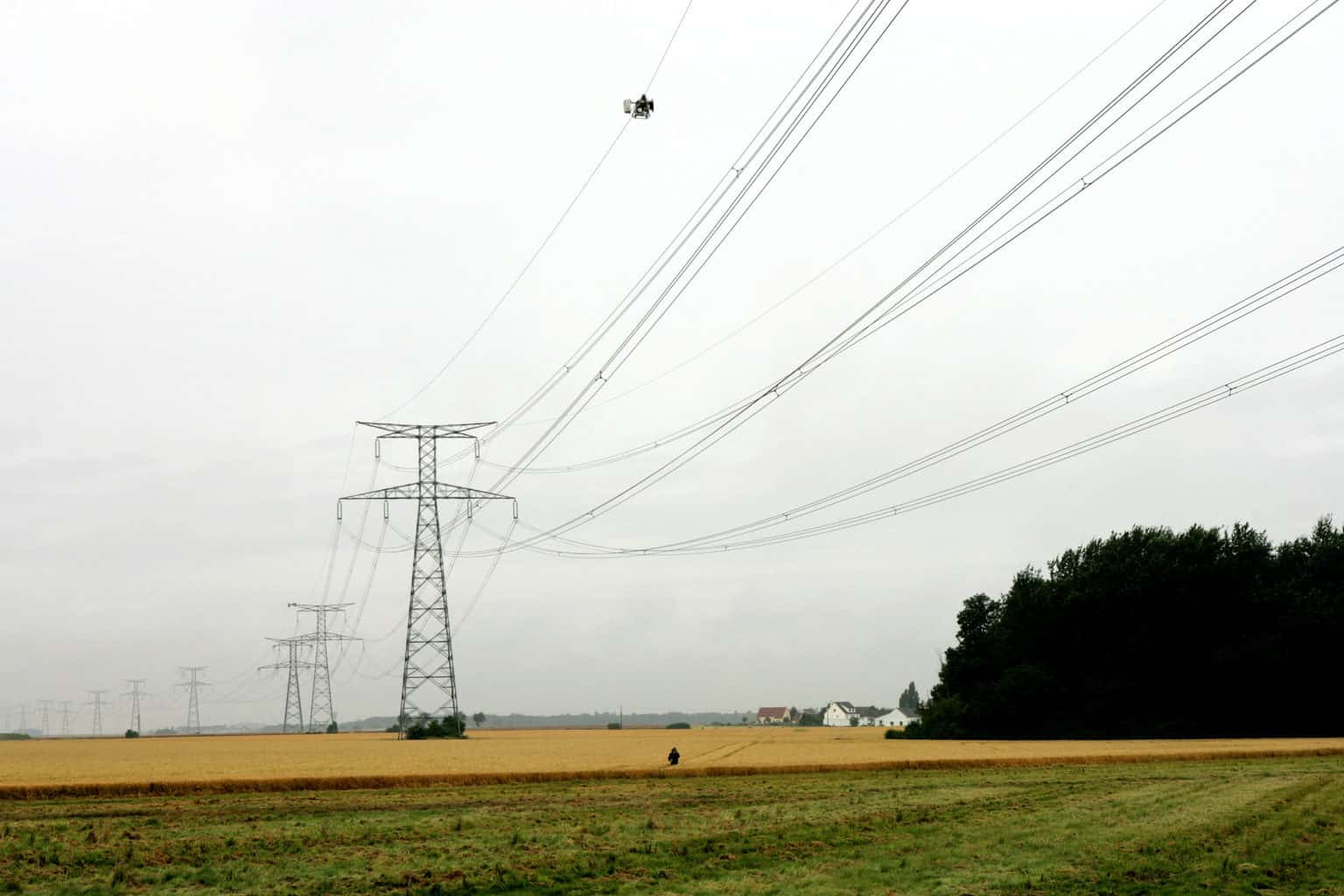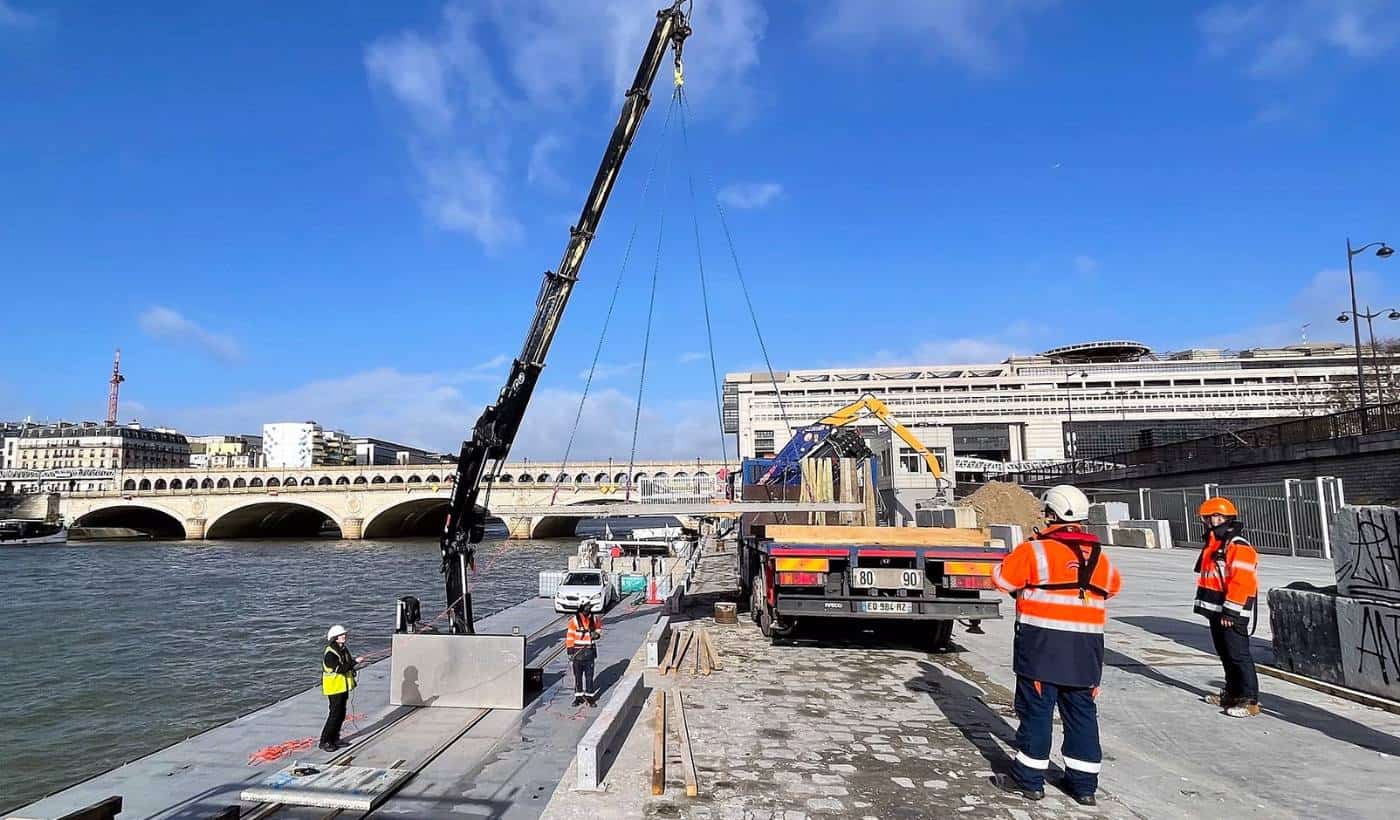
Fibre optic – a way to increase the attractiveness and development of regions
4 minutes of reading
By 2025, the entire metropolitan area will be connected to fibre-optic cable. This rollout is eagerly awaited in rural and suburban areas. This would result in a positive impact on the local economy.

The arrival, sooner or later, of fibre optic is the recurring topic of conversation in rural and suburban areas. It is a subject which has even greater significance for the key economic players, who see in it the chance of ensuring the future of their businesses and, better still, of developing them. But what is it actually all about? Is the rollout of fibre optic across the whole country really useful for improved communications and economic attractiveness? For many observers, the digital tool has penetrated society to such an extent that this question no longer arises and not being in this digital world would result in exclusion – particularly for businesses.
And this is not just the case for major corporations, or start-ups for that matter… ‘In Loire-Atlantique,’ explains Jérôme Alemany, departmental councillor and president of the Loire-Atlantique Numérique board which is in charge of the rollout in the department, ‘we have an important market gardening business which, in principle, does not need fibre. In reality, these companies have approached us to accelerate the rollout because they need it for their exports and shipment tracking’.
However, while the ‘arrival’ of fibre optic contributes to the economic attractiveness and opening up of regions, this is not all. In order for it to be an asset, the conditions under which it is set up and the service offers associated with it are of equal importance. ‘Having the best access for a region means allowing it to participate fully and being able to offer companies the services that go with it,’ explains Eric Jammaron, deputy CEO at Axione. These service offers are capable of profoundly changing the fabric of small- and medium-sized businesses, with improvements in the means of production and better collaboration with partners.
Jérôme Alemany, with his experience in the field, concurs. ‘The effect of opening up is obvious but the function alone does not reflect the usage. Without taking into account the network’s mode of operation and the type of offers proposed, it will not work. This is what a shared public network such as the one we are setting up provides. It integrates design, construction, operation and maintenance. By opening it up to all operators, including the smallest, professionals have a choice. Economically, this makes sense because competition leads to better deals.’
Another contribution to the economic regeneration of areas is the construction of the network itself, which is a factor in economic development. These are investments that nourish a whole network of local businesses and jobs, with the prospect of work in the short and medium term. This is in the knowledge that most of these jobs will become permanent. ‘There are, of course, the people involved in the rollout of fibre optic, but once the network is installed, it must be operated, connected and maintained,’ Eric Jarramon points out. As a result, over 800 long-term jobs have been created in the North and Pas de Calais. It is a virtuous circle.
Most read
More reading
Read also

Article
20 minutes of reading

Energy
in partnership with


‘Paris at 50°C’: a fact-finding mission to prepare Paris for future heatwaves
Article
2 minutes of reading

What if your sites were supplied via rivers instead of roads?
Article
3 minutes of reading



